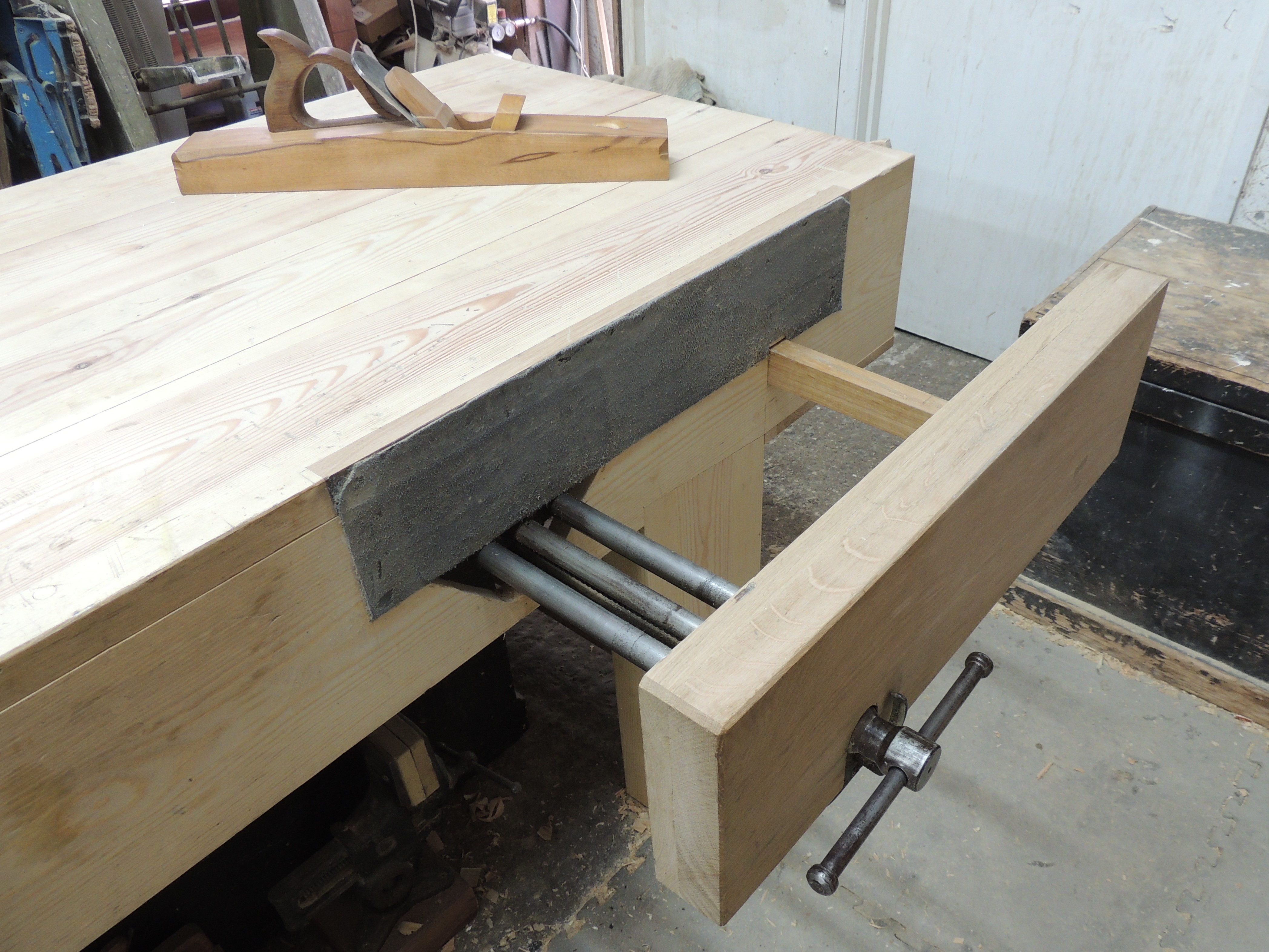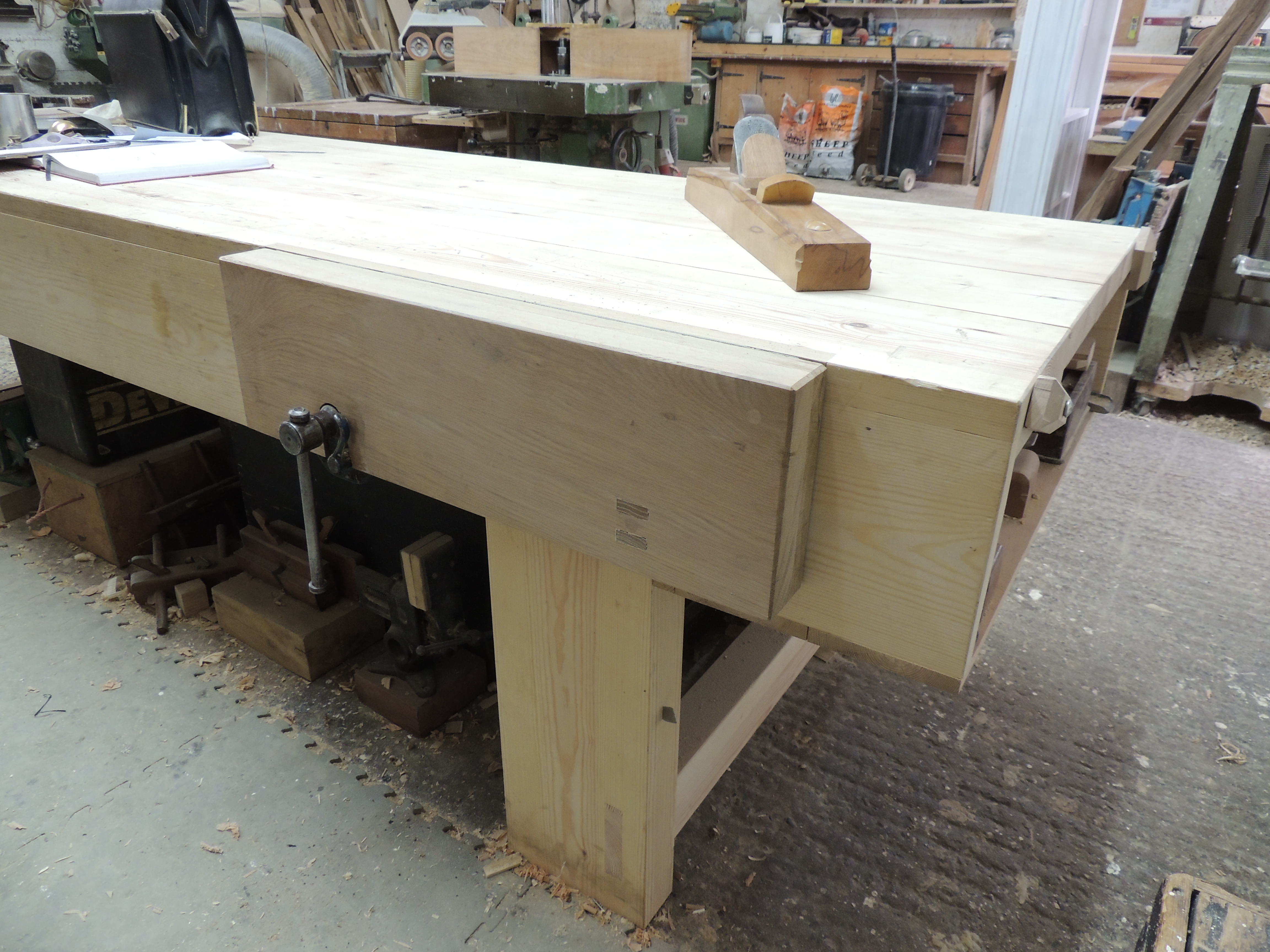Bodgers
Established Member
G S Haydon":xd3q6at0 said:My broad advice is don't overthink and read too much. Get to it and have some fun.
Thanks for replying.
I keep telling myself to do the above, but will some much info around, it is easy to get sucked in.






